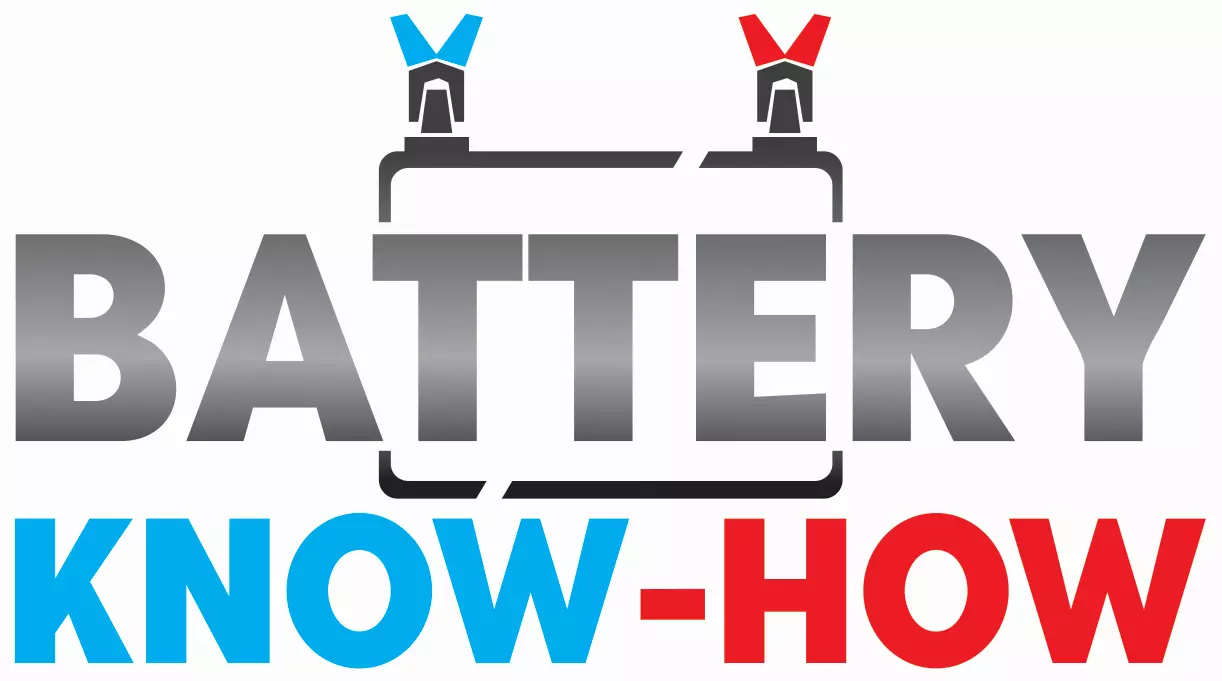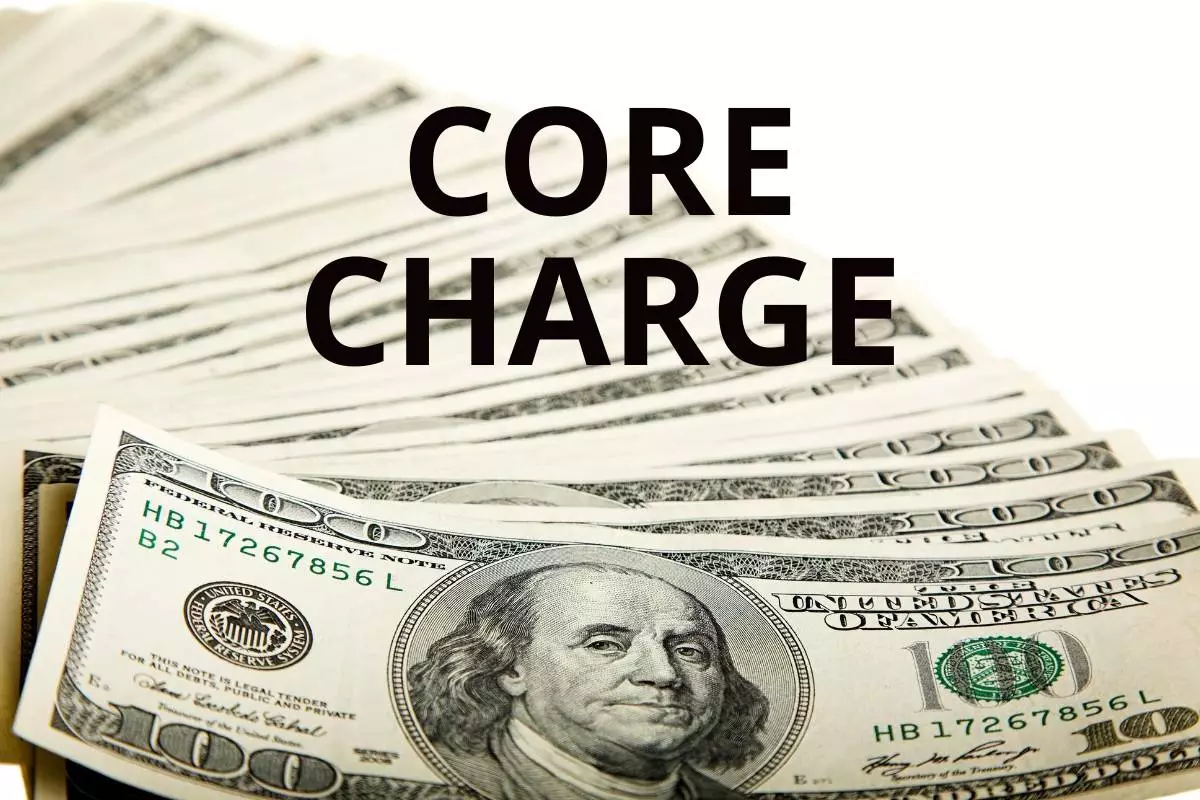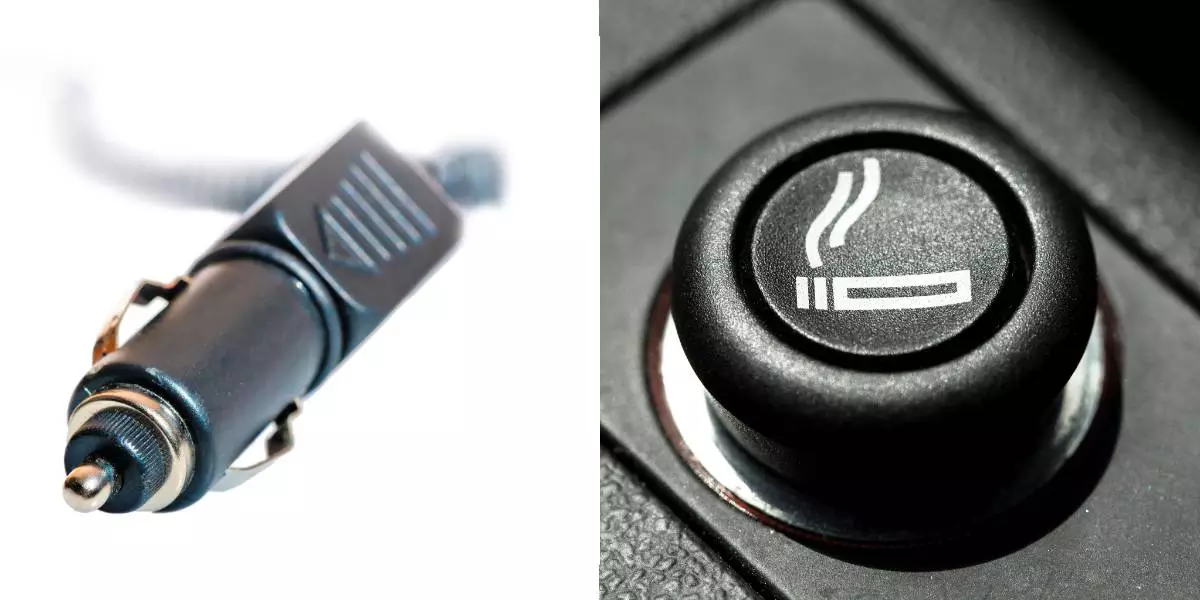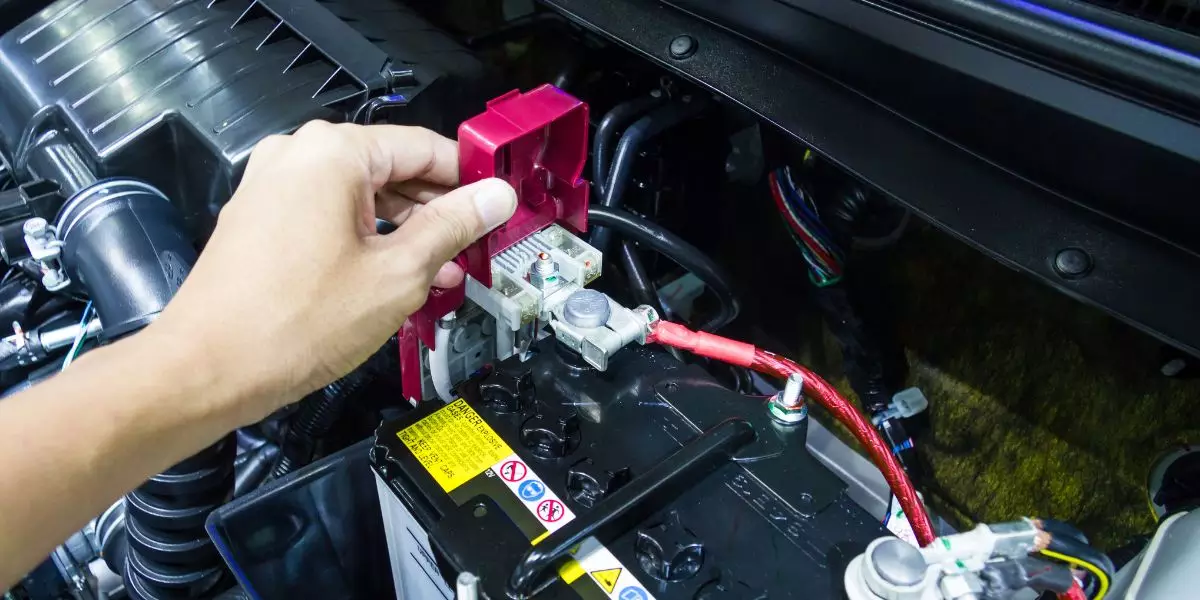When you’re purchasing auto parts, lawn mower parts, tractor parts, or most batteries—for devices or machinery much larger than a TV remote—you’ve probably come across what is called a “core charge.” Besides being incredibly aggravating for automobiles, do you have to pay a core charge for lawn mower batteries as well?
For the most part, you’re going to have to pay a core charge for a lawn mower battery. That’s true of most major retailers, such as Walmart, Tractor Supply, Lowes, Home Depot, and Ace Hardware.
Let’s say that you have a chainsaw and it becomes defective beyond the point at which you can repair it but not so badly that it can’t be repaired by an expert. Why would you toss it? There are those who are capable of getting that bad boy back to wreaking havoc on trees and lumber.
So why would you want to toss it in a dumpster where it will never again be of use to anyone? That’s the purpose of the core charge when it comes to most major machines, such as tractors, lawn mowers, ATVs, and cars. However, there’s more to it than that.
1 How Core Charges Work
Aside from the above example of the why, we’re going to lay out the “how,” and it’s as simple as a typical trade-in. That’s how core charges work, by charging you extra for essentially not returning a defective item that can potentially be repaired as you purchase a new one.
As an example, a company advertises a Rider Mower Battery for $49.99, which doesn’t include the core charge. Now let’s say the core charge is $15.00. If you purchase the Traveller battery online and go to pick it up, you might be surprised to see that it’s now $64.99 (advertised price $49.99 + the core charge $15.00).
If you bring in your original (defective) rider mower battery, however, you’ll never see that $15.00 charge because your used battery will be recycled and restored to its original, new condition. That’s how it works and you’re not getting a discount so much as avoiding an extra fee.
2 Core Charges Have A Purpose
The answer is two-fold and both reasons make a degree of sense. The first is to facilitate recycling and the second is to provide the business with a battery that they can potentially refurbish and resell, which is profitable.
It’s not the same across all fifty states, however. A core charge for the above Traveller battery in California might not be the same core charge for a Traveller battery purchased in Wisconsin.
In other words, core charges are generally regulated on a state level only. As regulations continue to pile on top of other regulations which pile on top of redundancies and even more regulations, businesses have embraced core charges to facilitate recycling.
3 Refurbished Technology Is A Profitable Business
If a battery is so deficient that it can no longer be refurbished into something that resembles good working order, it can be broken down into its component parts, so that those parts can be used in something else.
Just because a battery is no longer functional doesn’t mean that the plastics and metals within aren’t still valuable in their own right. Much like the hunter should never waste a kill and a farmer should never waste a harvest.
Batteries that can be refurbished can also be sold as refurbished, which is profitable for business and a model that any company will embrace because it simply makes sense to do so.
Refurbished devices often come with guarantees and are far cheaper than their brand new counterparts. A refurbished iPhone 12 Pro will sell for $399 and will do everything that a brand new iPhone 12 Pro will do, except the brand new version will run you about $1,000.
4 There Are Two Types Of Cores
If you sit down and listen to a parts dealer, they’ll happily explain to you that there are two types of cores, a dirty one and an inherent one. The core itself is defined as the part of a part that is inseparable from that part.
The shell of an alternator is not the core, but the alternator beneath the shell is the core. The wires and metal of the working alternator beneath the metal part that you hold in your hand. A dirty core is a used part that is returned to the business.
The inherent core is the core of the brand-new part that you just purchased. It becomes a dirty core once it’s installed and used for the first time.
5 Cores Are Strictly Inventoried
Since the price of an item and the core charge can change with a great deal of frequency, they are inventoried separately, even though they are part of the same device. A lawn mower battery that sells for $50 is inventoried as a part with its own SKU number and everything.
That same battery has a core charge of $15 and the core charge is inventoried all on its own, separately from the battery of which it is a part.
It makes sense, when you think about it, because the core charge may jump up and down in cost over the months, while the price of the battery remains the same or changes as well.
It’s easier to just inventory them separately so that there’s no confusion and the core charge doesn’t eventually show up under the battery label and vice versa. It makes things much easier on businesses that sometimes have to inventory and track thousands of batteries.
If they stocked them and inventoried them differently, the business in question could suffer a severe loss if there was a mass sale of batteries that were incorrectly inventoried with the wrong core charge.
All Things Considered
There’s a lot more that goes into core charges than you would think and there are several incentives for businesses to embrace the practice. Doing so improves incentives to recycle, maintains business control over used products, and helps a business continue to profit from refurbishing them.
It may be aggravating for the customer at times, however, if you always remember to bring in the lawn mower battery that you are replacing, the core charge will never be a problem.




